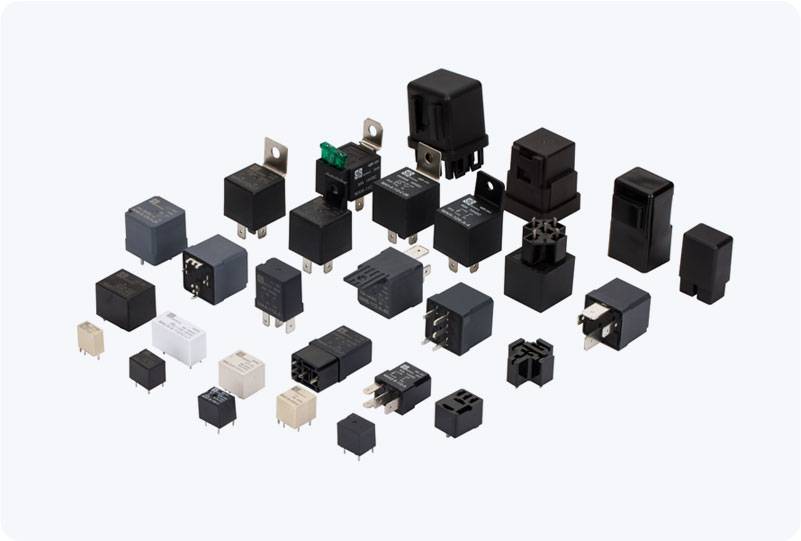The High Voltage DC Main Relay is a vital component in modern power systems, especially with the increasing reliance on direct current (DC) technology in various industries. From electric vehicles (EVs) to renewable energy systems, these relays play a crucial role in managing high voltage circuits, ensuring safety, and optimizing performance. This article delves into the function, design, and application of high voltage DC main relays, shedding light on why they are indispensable in today’s technological landscape.

What is a High Voltage DC Main Relay? A High Voltage DC Main Relay is an electrical switch used to control the flow of high-voltage direct current in a circuit. It serves as a safety mechanism that enables the interruption or establishment of power when necessary. These relays are designed to handle high-voltage DC applications, which are commonly used in environments such as electric vehicles, battery storage systems, and solar power grids. Unlike alternating current (AC) systems, DC circuits require specialized components due to the continuous flow of current, which makes it more challenging to interrupt when needed.